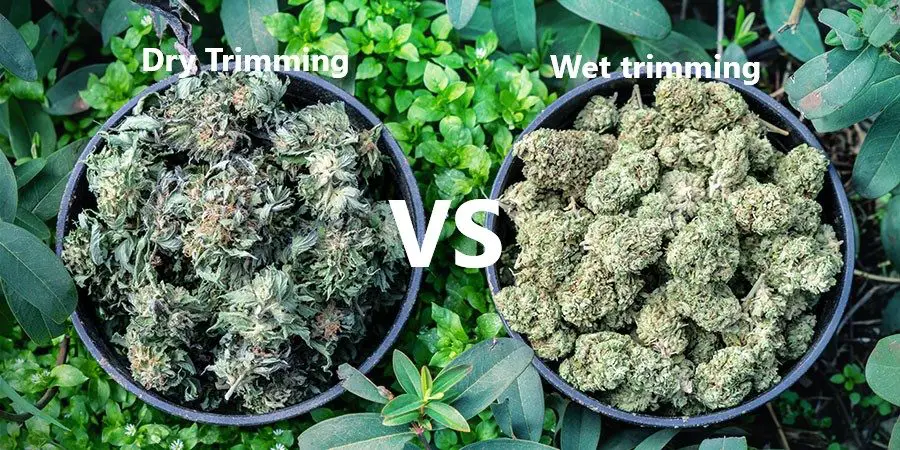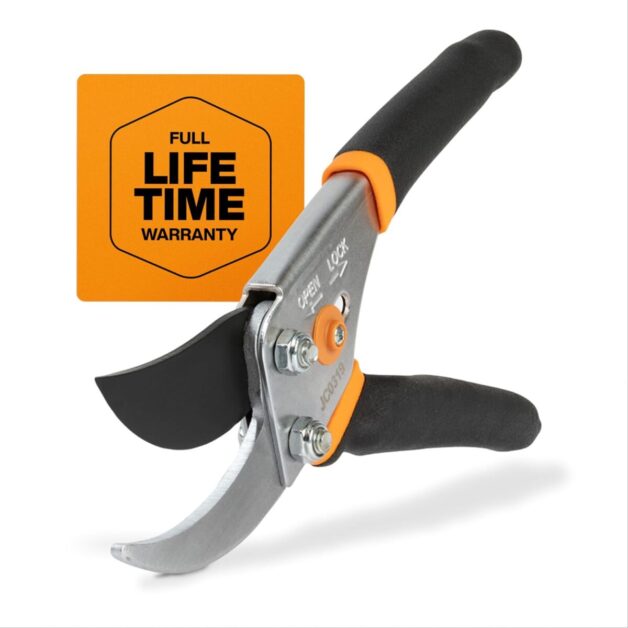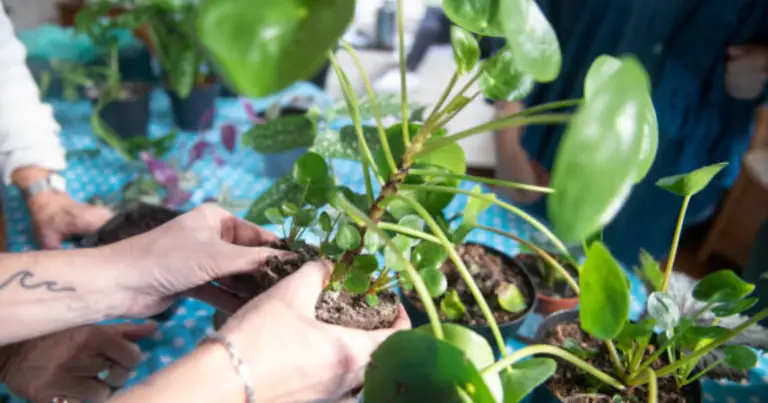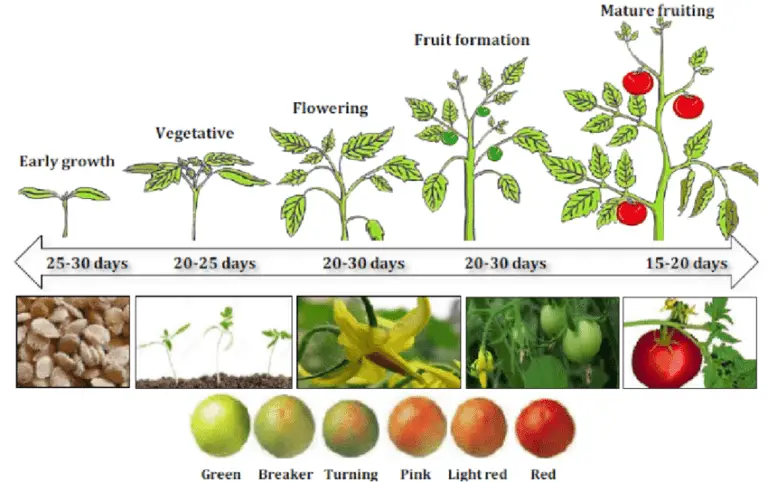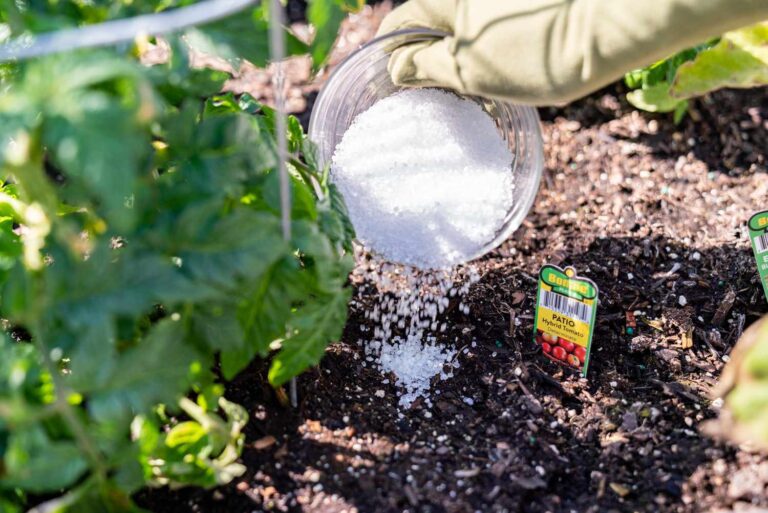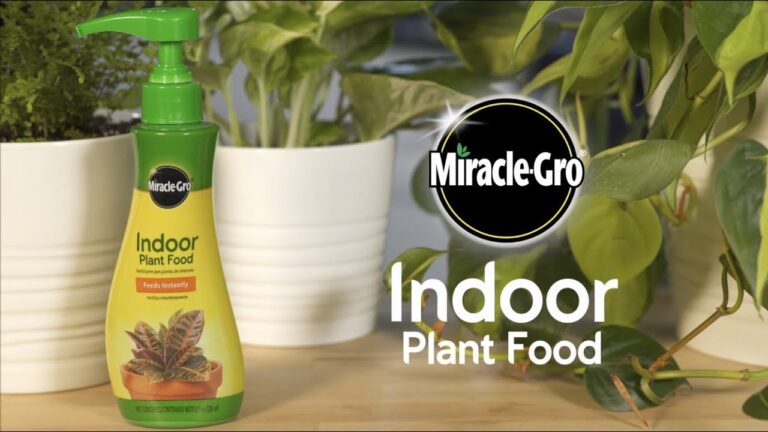Wet Trim vs Dry Trim: Which Method is Better for Your Cannabis Harvest?
Are you ready to take your cannabis cultivation to the next level? When it comes to harvesting, the debate between wet trim and dry trim has sparked curiosity among growers. Which method reigns supreme for your prized cannabis harvest? Let’s dive into the weeds and explore the pros and cons of each technique. Wet trimming involves snipping the leaves immediately after harvesting, while dry trimming allows the buds to dry before trimming.
Which method preserves those precious trichomes and enhances the flavor, aroma, and potency of your buds? Stay tuned as we unravel the mystery and empower you to make the best choice for your cannabis harvest.
Table of Contents
Understanding the importance of trimming in cannabis cultivation
Trimming is an essential step in cannabis cultivation that should not be overlooked. It involves the careful removal of excess leaves and stems from the flowering buds, resulting in a more visually appealing and higher-quality end product. Trimming plays a crucial role in enhancing the overall aesthetic appeal of the buds, as well as improving their potency and flavor.

- Enhanced Bud Development:
- Trimming removes excess leaves and foliage, allowing the plant to focus its energy on bud production.
- This results in larger, denser, and more resinous buds.
- Improved visual appeal and overall quality of the final product.
- Increased Potency and Concentration:
- By directing energy to the buds, trimming enhances the concentration of desirable compounds.
- Cannabinoids (such as THC and CBD) and terpenes become more concentrated in trimmed buds.
- Facilitates Drying and Curing:
- Excess plant matter can hinder the drying process.
- Trimming ensures a more even and consistent drying process.
- Reduced risk of mold or excessive moisture during drying.
- Efficient Curing:
- Trimmed buds cure more efficiently.
- Proper curing results in a smoother and more enjoyable smoking or vaping experience.
In conclusion, trimming is an indispensable aspect of cannabis cultivation that can significantly enhance the quality and appeal of the final product. By carefully removing excess leaves and stems, cultivators can improve the potency, flavor, and overall aesthetic of their buds. Additionally, proper trimming promotes a more efficient drying and curing process, contributing to a superior end product.
The basic differences between wet trimming and dry trimming
Wet trimming and dry trimming are two distinct methods used in the cannabis cultivation process. Wet trimming involves trimming the cannabis plants immediately after harvest, while the plant is still moist. This method is preferred by some growers as it allows for an easier removal of the plant’s excess leaves and foliage.
| Aspect | Wet Trimming | Dry Trimming |
|---|---|---|
| Timing | Done immediately after harvest, while the plant is wet. | Done after the plant has dried (usually 5-10 days). |
| Plant State | Plant is fresh and still contains moisture. | Plant has lost most of its moisture during drying. |
| Ease of Handling | Easier to trim wet leaves due to flexibility. | Drier leaves can be more brittle and harder to trim. |
| Appearance | Leaves are plump and vibrant. | Leaves may appear shriveled or discolored. |
| Trichome Preservation | Trichomes (resin glands) are more likely to be damaged. | Trichomes are better preserved due to slower handling. |
| Aroma | Stronger aroma during trimming due to fresh plant matter. | Less intense aroma during trimming. |
| Curing Process | Longer curing process required due to higher moisture. | Shorter curing process as buds are already drier. |
| Quality of Buds | May result in slightly harsher smoke initially. | Generally smoother smoke due to better trichome preservation. |
| Personal Preference | Some growers prefer wet trimming for ease. | Some prefer dry trimming for better trichome preservation. |
In conclusion, understanding the basic differences between wet trimming and dry trimming is crucial when making decisions about the cultivation and processing of cannabis plants. Each method has its own set of advantages and considerations, and growers must carefully weigh their options to choose the trimming method that best suits their needs and goals.
Factors to consider when choosing between wet trimming and dry trimming
When choosing between wet trimming and dry trimming for your cannabis harvest, there are several factors you need to consider.

- Quality of Final Product:
- Wet trimming may result in faster and smoother drying, potentially preserving aroma and flavors, but can lead to loss of trichomes and resin, affecting potency.
- Dry trimming allows for slower drying, preserving trichomes and resin, but may result in longer drying time and risk of mold if not monitored.
- Efficiency and Handling:
- Wet trimming is more efficient for large-scale operations, with quicker turn-around time and easier removal of unwanted leaves and moisture.
- Dry trimming requires more time and effort but allows for precise manicuring of buds, preferred by some growers for aesthetic appeal.
Ultimately, the choice between wet trimming and dry trimming will depend on your personal preferences, resources, and goals as a cannabis cultivator. It’s important to weigh the pros and cons of each method and consider the specific needs of your cultivation operation to make an informed decision.
Factors to Consider When Choosing Between Wet Trimming and Dry Trimming
| Consideration Factor | Wet Trimming | Dry Trimming |
|---|---|---|
| 1. Moisture Content | – Higher Moisture: Trimming is done when the plant is still moist after harvesting. | – Lower Moisture: Trimming occurs after the plant has undergone a drying period. |
| – Easier Handling: Wet buds may be easier to manipulate during trimming. | – Sticky Resin: Dry buds can be stickier, making handling and trimming potentially messier. | |
| 2. Trimming Ease | – Reduced Trichome Loss: Wet trimming may result in fewer trichomes sticking to hands and tools. | – Trichome Preservation: Dry trimming can minimize trichome loss due to reduced stickiness. |
| – Less Resin Buildup: Tools and equipment may accumulate less resin during wet trimming. | – Sticky Tools: Dry trimming may require more frequent cleaning of tools due to resin buildup. | |
| 3. Trichome Preservation | – Potential for Loss: Wet trimming may lead to some trichome loss during the process. | – Preservation: Dry trimming allows for better preservation of trichomes on the buds. |
| – Trichome Distribution: Trichomes may spread more evenly during wet trimming. | – Improved Bag Appeal: Dry trimming can result in better bag appeal due to intact trichomes. | |
| 4. Drying Time | – Shorter Drying Time: Wet-trimmed buds may dry more quickly due to removed foliage. | – Extended Drying Time: Dry trimming can slow down the drying process as leaves act as a protective layer. |
| – Risk of Mold: Faster drying may increase the risk of mold if not monitored carefully. | – Consistent Drying: Slower drying allows for a more controlled and consistent drying environment. | |
| 5. Aesthetic Appeal | – Uniform Appearance: Wet trimming may result in a more uniform and manicured appearance. | – Natural Look: Dry trimming can provide a natural, untouched look with intact sugar leaves. |
| – Market Preference: Some markets prefer the aesthetic of wet-trimmed buds. | – Craft Cannabis: Dry trimming is often favored in craft cannabis markets for its natural look. | |
| 6. Smell and Terpenes | – Intense Aroma: Wet trimming can release a more pronounced aroma during the process. | – Preserved Terpenes: Dry trimming may help preserve terpenes, providing a more aromatic end product. |
| – Immediate Smell: Aroma is immediately noticeable during wet trimming. | – Controlled Aroma: Dry trimming may offer more control over the release of terpenes. |
Note: The choice between wet trimming and dry trimming depends on personal preference, market demands, and the specific characteristics desired for the final product. Some growers may even combine elements of both methods based on their goals and the strain being processed.
The impact of wet trimming on the overall quality of the cannabis harvest
Wet trimming, the process of removing excess leaves from freshly harvested cannabis buds, can have a significant impact on the overall quality of the cannabis harvest.

- Immediate Access to Flowers:
- Wet trimming is done immediately after harvest while the plant is still wet.
- Provides quick access to the buds, reducing the risk of mold development.
- Air Circulation and Drying:
- By removing larger leaves, wet trimming promotes better air circulation during drying.
- Ensures a more even drying process and reduces the chances of bud rot.
- Aesthetic Appeal:
- Early leaf removal results in cleaner and visually appealing trimmed buds.
- Particularly important for commercial cultivation where appearance affects market value.
- Loss of Potency and Flavor:
- Trichomes (resin glands) may be inadvertently removed during wet trimming.
- Trichomes contain cannabinoids and terpenes, affecting potency and flavor.
Remember that wet trimming has its advantages, but the potential loss of trichomes should be weighed against other trimming methods. Happy gardening! 🌿✂️
The effect of dry trimming on the potency and flavor of the final product
Dry trimming is a popular technique in cannabis cultivation, valued for its potential impact on the potency and flavor of the final product.

- Extended Curing Process: Allowing buds to dry before trimming leads to a slower curing process, allowing for gradual breakdown of chlorophyll, sugars, and other compounds. This results in a smoother, more refined flavor profile with emphasis on unique terpene profiles.
- Influence on Potency: The drying and curing process can influence the potency of the final product. Dry trimming enables a more controlled decarboxylation process, where cannabinoids like THC undergo conversion to their active form, potentially increasing psychoactivity.
- Controlled Decarboxylation: Gradual reduction of internal moisture content during drying facilitates controlled and consistent decarboxylation. This may lead to a higher concentration of cannabinoids in the final product, enhancing potency and effects.
Pros and cons of wet trimming in terms of efficiency and ease of handling
Wet trimming, as the name suggests, involves trimming the cannabis buds while they are still fresh and filled with moisture. This method offers several advantages in terms of efficiency and ease of handling.
| Pros | Cons |
|---|---|
| Faster turnaround time | Potential loss of trichomes and resin |
| Easier removal of unwanted leaves and moisture | Requires careful handling to prevent loss of potency |
| Quick and efficient for large-scale operations | May result in messier working conditions |
| Can lead to increased risk of mold or mildew if not dried properly |
Overall, wet trimming offers efficiency and ease of handling, making it a preferred method for many cultivators. However, it requires careful attention to the drying and curing process to avoid any potential issues. By weighing the pros and cons of wet trimming, cultivators can make an informed decision based on their specific needs and circumstances.
Pros and cons of dry trimming in terms of preserving trichomes and resin content
Dry trimming is a popular method among cannabis cultivators due to its ability to preserve trichomes and resin content. Trichomes, the small glandular structures on the cannabis plant, are responsible for producing cannabinoids and terpenes, which contribute to the potency and aroma of the final product. By opting for dry trimming, growers can minimize the risk of damaging these delicate trichomes and preserve the valuable resin within them.
| Pros of Dry Trimming | Cons of Dry Trimming |
|---|---|
| Retains trichomes during trimming process | Time-consuming and labor-intensive |
| Preserves integrity of cannabinoids and terpenes | Trichomes can become dry and brittle, leading to breakage |
| Reduces exposure to air, light, and handling | Potential loss of resin content and potency |
| Ideal for producing premium buds with robust profiles | Requires additional caution and precision to avoid damaging buds |
How wet trimming affects the drying and curing process of cannabis
When it comes to trimming cannabis, the method chosen can have a significant impact on the drying and curing process.
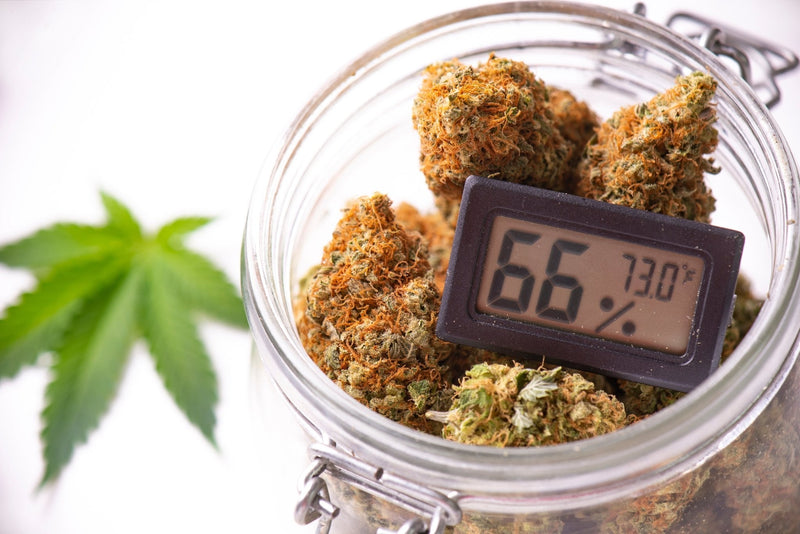
- Advantages of Wet Trimming:
- Immediate access to buds after harvest.
- Cleaner appearance due to early leaf removal.
- Reduced risk of mold development.
- Challenges and Considerations:
- Excess moisture on trimmed buds can slow drying.
- Proper airflow and humidity control are crucial during drying and curing.
- Monitor temperature and relative humidity for consistent results.
- Balancing Efficiency and Quality:
- Wet trimming saves time but may impact potency and flavor.
- Careful management ensures a desirable end product.
Remember that wet trimming has both benefits and risks, so choose the method that aligns with your goals and preferences. Happy trimming! 🌿✂️
The role of dry trimming in maintaining the aesthetic appeal of buds
- Enhanced Aesthetic Appeal: Dry trimming allows for meticulous precision in shaping cannabis buds, resulting in a visually pleasing final product. Carefully removing excess leaves and stems accentuates the natural contours and shape of each bud, showcasing their unique characteristics such as size, density, and color.
- Showcasing Unique Characteristics: By revealing the full potential of the buds, dry trimming enhances their visual appeal, which is particularly important for producers prioritizing high-quality, visually appealing products that attract consumers.
- Practical Advantages: Trimmed buds have a cleaner and more refined appearance, making them easier to handle during packaging and transportation. Additionally, dry trimming reduces the risk of mold or mildew development by removing excess leaves, ensuring buds maintain their quality and freshness for an extended period.
Expert opinions and experiences on wet trimming versus dry trimming
Wet trimming and dry trimming are two common techniques used in cannabis cultivation, and they have sparked debates among growers and experts. While both methods have their merits, expert opinions and experiences vary when it comes to choosing between wet trimming and dry trimming.
- Advantages of Wet Trimming:
- Easier handling and prevents moisture buildup, reducing the risk of mold or mildew during drying.
- Facilitates easier removal of unwanted leaves, resulting in a visually appealing final product.
- Disadvantages of Wet Trimming:
- Potential loss of trichomes and resin content, affecting potency and flavor of cannabis buds.
- Advantages of Dry Trimming:
- Prioritizes preserving trichomes and resin content, potentially enhancing potency and flavor.
- Disadvantages of Dry Trimming:
- More time-consuming and requires careful handling to avoid damage to delicate trichomes.
Ultimately, the choice between wet trimming and dry trimming depends on personal preference, experience, time constraints, and desired outcomes. Further research and experimentation can help growers determine the most suitable method for their specific needs and cultivation goals.
Tips and techniques for successful wet trimming
Wet trimming, also known as immediate or on-site trimming, involves removing the larger fan leaves and excess foliage from cannabis plants soon after harvest. This method offers several benefits, including increased efficiency and reduced handling time. To successfully wet trim your cannabis harvest, follow these tips and techniques:
- Start by gathering all the necessary tools and supplies before you begin. This includes sharp pruning shears, a clean and sterile work surface, gloves, and a clean container to collect the trimmed buds.
- Prioritize cleanliness and hygiene throughout the process. Ensure that your work area is sanitized and free from contaminants that could affect the quality of the buds.
- Begin by removing the larger fan leaves using your pruning shears. Take care not to cut too close to the buds, as this can damage or bruise them.
- Trim any excess foliage or small leaves that surround the buds. Be gentle and precise, cutting away only what is necessary for optimal bud development.
- After trimming each bud, place it in a clean container to keep them separate and prevent cross-contamination.
- Stay organized by sorting your trimmed buds based on their size, shape, or quality. This can help streamline the drying and curing process.
Remember, wet trimming is a time-sensitive activity, and it is essential to trim the buds immediately after harvest to prevent them from drying out and losing their moisture content. By following these tips and techniques, you can achieve a successful wet trimming process and maximize the quality and efficiency of your cannabis cultivation.
“Fiskars Bypass Pruning Shears have revolutionized my gardening experience. Their precision cutting allows for meticulous pruning, ensuring the health and aesthetics of my plants. The ergonomic design offers a comfortable grip, reducing hand fatigue during extended use, while the durable construction ensures longevity and reliability in various gardening tasks.
However, I found that these shears have a limited cutting capacity, making them less suitable for thicker branches. Additionally, regular maintenance such as blade sharpening is necessary to maintain optimal performance. Despite these minor drawbacks, Fiskars Bypass Pruning Shears remain an indispensable tool in my gardening arsenal, offering unparalleled precision and comfort for all pruning needs.”
These Hajoyful Plastic Jars with Lids have proven to be a game-changer in my gardening routine. Utilizing them to store trimmed weeds or plants in the garden has streamlined my cleanup process and kept my outdoor space tidy. Their airtight design effectively seals in any odors and moisture, ensuring that the surrounding area remains fresh and organized.
However, I’ve noticed that prolonged use can lead to the containers retaining some residual odors, which may require thorough cleaning to eliminate. Additionally, while the containers are durable and resistant to outdoor elements, they may become brittle over time when exposed to extreme temperatures. Despite these minor concerns, the convenience and functionality of these plastic containers make them an invaluable addition to any gardener’s toolkit.”
✅ Comfortable Grip: These shears feature ergonomic handles with a comfortable grip, reducing hand fatigue during prolonged use.
✅ Durable Construction: Made from high-quality materials, Fiskars pruning shears are durable and long-lasting, providing reliable performance in various gardening tasks.
✅ Safety Features: The shears are equipped with a safety lock mechanism to prevent accidental opening during storage or transportation, ensuring user safety.
✅ Versatile Use: Suitable for both indoor and outdoor gardening, Fiskars pruning shears are versatile tools for maintaining the health and appearance of plants.
❌ Blade Maintenance: Like all cutting tools, Fiskars pruning shears require regular maintenance such as sharpening to maintain optimal cutting performance.
❌ Price: The initial cost of Fiskars pruning shears may be higher compared to other pruning tools, potentially posing a barrier for budget-conscious gardeners.
❌ Handle Size: Some users may find the handle size of these shears too small or too large for their hand size, affecting comfort and ease of use.
❌ Compatibility: While suitable for most pruning tasks, Fiskars pruning shears may not be ideal for specialized pruning techniques or specific plant varieties.
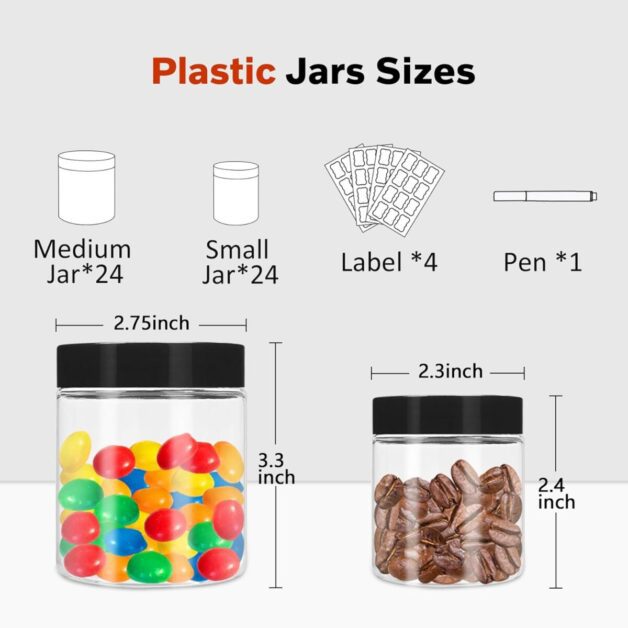
✅ Durable Material: Made from sturdy plastic material, these containers are durable and resistant to damage from outdoor elements, ensuring long-lasting use in garden environments.
✅ Easy to Clean: Plastic containers are easy to clean with soap and water, allowing for quick and hassle-free maintenance after storing trimmed weeds or plants.
✅ Versatile Size: Available in various sizes, these containers provide flexibility for storing different amounts of trimmed vegetation, catering to the specific needs of your garden cleanup.
✅ Stackable Design: Many plastic containers feature a stackable design, allowing for efficient storage and organization of trimmed weeds or plants, saving space in your garden shed or storage area.
❌ Potential Odors: Despite their airtight seal, plastic containers may retain odors over time, especially if used to store particularly pungent vegetation, requiring thorough cleaning to eliminate odors.
❌ Limited Durability: While plastic containers are generally durable, they may become brittle or crack over time when exposed to prolonged sunlight or extreme temperatures, compromising their effectiveness for long-term storage.
❌ Moisture Trapping: In humid climates, plastic containers may trap moisture inside, creating a breeding ground for mold and mildew if not properly ventilated or dried out between uses.
❌ Lack of Visibility: Opaque plastic containers may lack visibility, making it difficult to identify the contents inside without opening the lid, potentially leading to confusion or disorganization during garden cleanup tasks.
Tips and techniques for effective dry trimming
Dry trimming is a popular method used by cannabis cultivators to enhance the overall quality of the final product. To ensure effective dry trimming, there are several key tips and techniques to keep in mind.
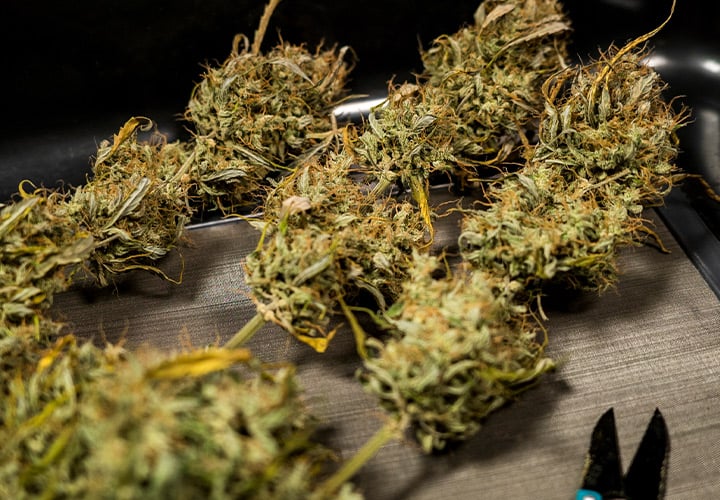
- Wait for Proper Drying:
- Ensure the plant is fully dried before trimming.
- Dry buds are easier to handle and retain their shape during trimming.
- Use Sharp, Sterile Shears:
- Sharp trimming shears ensure clean cuts without damaging buds.
- Sterilize the shears to prevent contamination.
- Order of Trimming:
- Start by removing larger fan leaves.
- Then trim smaller sugar leaves around the buds.
- Attention to Detail:
- Take your time during the trimming process.
- Maintain the aesthetic appeal of the buds.
- Gentle Handling:
- Handle buds gently to avoid excessive trichome loss.
By following these tips and techniques, cannabis cultivators can achieve a satisfying dry trim that enhances the potency and flavor of the final product.
Conclusion: Choosing the right trimming method for your cannabis harvest
When it comes to choosing the right trimming method for your cannabis harvest, there are several factors to consider. Both wet trimming and dry trimming have their advantages and disadvantages, and ultimately, the decision should be based on your specific goals and preferences.
- Wet Trimming:
- More efficient and easier to handle as leaves are moist and pliable, facilitating easier removal from buds.
- Potential impact on overall harvest quality, with some experts citing loss of potency and flavor due to wet trimming.
- Dry Trimming:
- Believed to help preserve trichomes and resin content, contributing to a more potent and flavorful final product.
- More time-consuming and labor-intensive, as dried leaves can be difficult to remove without damaging buds.
Ultimately, the choice between wet trimming and dry trimming depends on priorities and desired characteristics in the cannabis harvest. Whether prioritizing efficiency and ease of handling or potency and flavor, carefully consider the pros and cons of each method before deciding.
Watch video for more information:
FAQ
What is the purpose of trimming in cannabis cultivation?
Trimming is essential in cannabis cultivation as it involves removing unwanted leaves and excess plant matter, allowing for improved airflow, preventing mold and mildew growth, and enhancing the overall appearance of the buds.
What are the basic differences between wet trimming and dry trimming?
Wet trimming is done immediately after harvesting when the plant is still fresh, whereas dry trimming is conducted after the plant has been dried. Wet trimming involves removing the leaves while they are still moist, while dry trimming involves removing the leaves when they are dry and brittle.
What factors should be considered when choosing between wet trimming and dry trimming?
Factors to consider include personal preference, the desired end product, time constraints, available resources, and the overall efficiency and ease of handling.
How does wet trimming impact the overall quality of the cannabis harvest?
Wet trimming can potentially decrease the overall quality of the cannabis harvest as it may lead to a loss of trichomes and resin content, affecting potency and flavor.
What is the effect of dry trimming on the potency and flavor of the final cannabis product?
Dry trimming is believed to better preserve the potency and flavor of the final cannabis product as it allows the buds to cure while retaining their trichomes and resin content.
What are the pros and cons of wet trimming in terms of efficiency and ease of handling?
Wet trimming is generally considered more efficient and easier to handle as the leaves are easier to remove when moist. However, it can be more time-consuming and messy compared to dry trimming.
What are the pros and cons of dry trimming in terms of preserving trichomes and resin content?
Dry trimming is beneficial for preserving trichomes and resin content, resulting in a more potent and flavorful final product. However, it can be more challenging to remove dry leaves without damaging the buds, requiring careful handling.
How does wet trimming affect the drying and curing process of cannabis?
Wet trimming can prolong the drying and curing process of cannabis as the excess moisture from trimmed leaves needs to evaporate before the buds can properly dry. This can impact the overall quality and consistency of the final product.
What role does dry trimming play in maintaining the aesthetic appeal of buds?
Dry trimming helps maintain the aesthetic appeal of buds by removing dry and brittle leaves, allowing the buds to have a clean and manicured appearance.
What do experts and experienced cultivators say about wet trimming versus dry trimming?
Experts and experienced cultivators may have diverse opinions on wet trimming versus dry trimming, as it often comes down to personal preference and the desired outcome. Their insights and experiences can provide valuable perspectives on the pros and cons of each method.
Do you have any tips and techniques for successful wet trimming?
Some tips and techniques for successful wet trimming include using sharp and clean trimming tools, working in a clean and well-ventilated area, trimming gently to avoid damaging the buds, and properly drying the trimmed leaves for potential use in other cannabis products.
Can you provide any tips and techniques for effective dry trimming?
Some tips and techniques for effective dry trimming include using a gentle touch to prevent the buds from crumbling, working in a controlled environment with low humidity, being patient and taking breaks to avoid fatigue, and using precision trimming tools for precise cuts.
In conclusion, how can one choose the right trimming method for their cannabis harvest?
Choosing the right trimming method for your cannabis harvest depends on various factors such as personal preference, desired end product, available resources, and time constraints. It is recommended to experiment with both wet trimming and dry trimming to determine which method best suits your needs and goals.

Studied Agricultural Engineering-Plant Protection at University of California, Davis.
Head of Content writing team at Southelmontehydroponics.com

